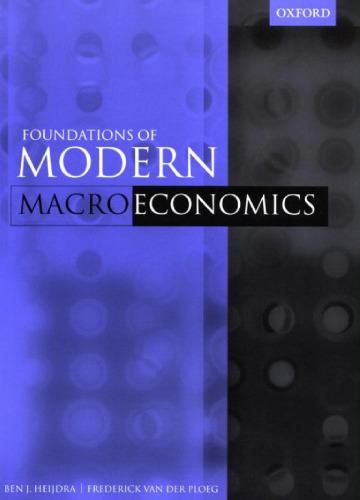Figure 11.14. International coordination of fiscal policy under nominal wage rigidity in both countries 293 Chapter 11:
Question:
Figure 11.14. International coordination of fiscal policy under nominal wage rigidity in both countries 293 Chapter 11: The Open Economy lomy and nominal yaw
--lulating domestic ou
!nt target, p > 0) without
'tiive rise to large deficit
)me cost function, LG:
(11.55 domestic economy, given e foreign policy maker I-1-
(11.5r
(11.57)
(11.58)
which relates its optimal ill employment target and RR*. (11.59)
qu " briu m in which each try's spending plan. Since mal spending plans, the the intersection of RR where the subscript "N" indicates that these solutions are non-cooperative. In terms of Figures 11.14 and 11.15, the two reaction functions can be drawn as RR and RR*, respectively. In both diagrams we impose that 4- = which means that the two countries have the same wage-setting regime. In Figure 11.14 both countries have nominal wage rigidity (4- = 4- * = 1), and in Figure 11.15 both countries experience real wage rigidity (. = 4- * < 0). In both cases the stable 7 non-cooperative solution is at point N, where the two reaction functions intersect.
What would a coordinated policy look like? In the coordinated solution, the policy maker in one country takes into account the (positive or negative) effect that its own spending has on the other country. One way to analyse the coordinated policy is to assume that both policy makers relinquish control over spending to some international agency which is instructed to minimize the total welfare loss, LG VG , by choosing spending levels in the two countries. Formally, the problem solved It is easy to show that the non-cooperative Nash equilibrium is stable. In terms of Figure 11.14, suppose that g = go initially. It is then optimal for the foreign policy maker to choose g* = 4. But for this value of g*, it is optimal for the domestic policy maker to set g = Repeating the argument shows that the only stable Nash equilibrium is at point N.
The Foundation of Modern Macroeconomics W(1 +0)
Step by Step Answer:

Foundations Of Modern Macroeconomics
ISBN: 9781264857937
1st Edition
Authors: Ben J. Heijdra, Frederick Van Der Ploeg






